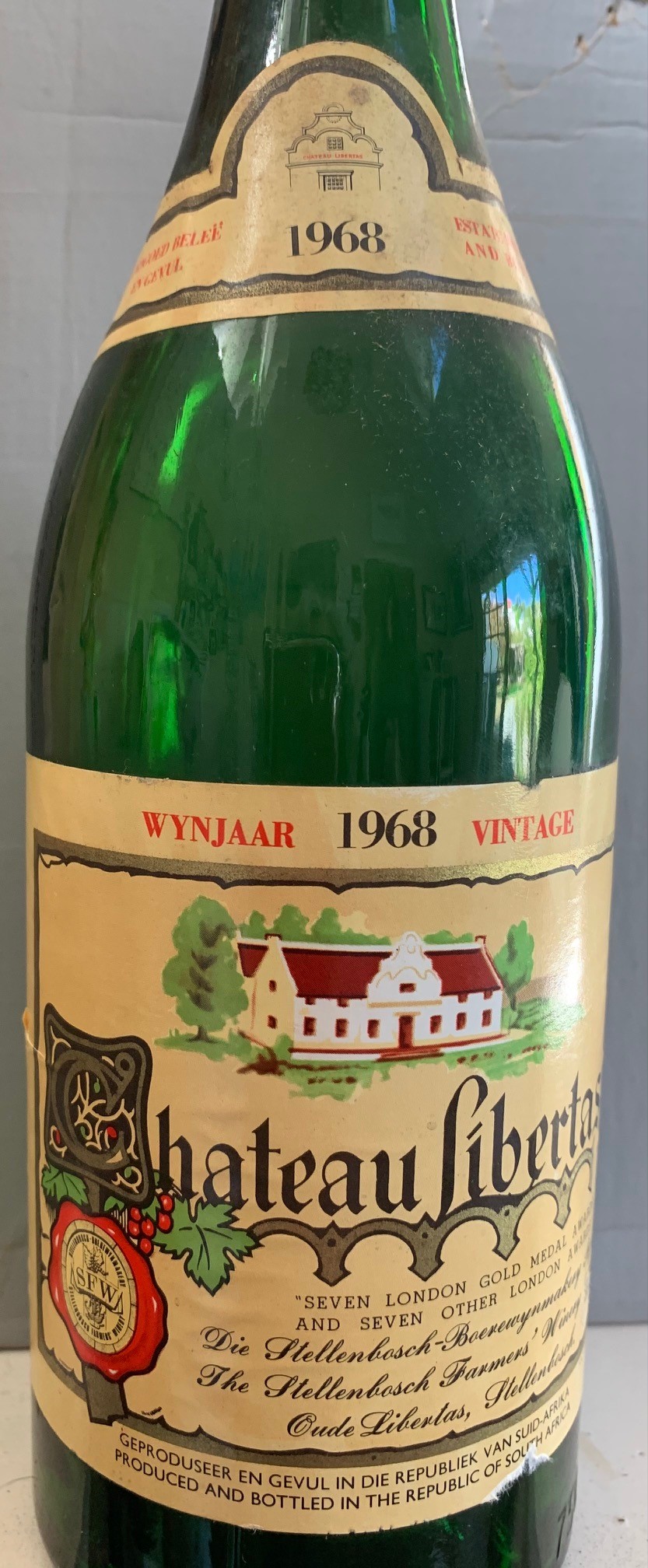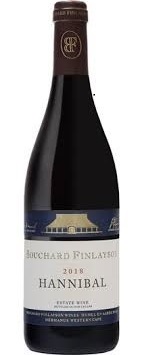Red Blends
Varietal wines remain a favourite with consumers thanks to their familiar names; Cabernet Sauvignon, Pinotage and Syrah or Shiraz in the red line up are well-known and have their own fans. What many perhaps don’t realise is even those wines are often blends, as legally, up to 15% of another variety is permitted.
Some of South Africa’s historic red wines have been marketed as blends. Chateau Libertas, originally part of Stellenbosch Farmers’ Winery, now Distell, was among the first and is still going strong after 89 years. American, Dr Bill Winshaw, founded the brand in 1932; Cabernet has always been a stalwart component, in the early days, with partners Pinotage and Cinsaut; this latter pair have now made way for Rhône varieties.

Rustenberg Dry Red is another celebrated blend fondly remembered by many. Dating back to the 1960s, this was two-thirds Cabernet, one-third Cinsaut co-fermented, an unusual method then; it proved most enjoyable as a young wine, but also showed excellent staying power. The Rustenberg was discontinued in the 1980s but, more recently, the Cabernet-Cinsaut pairing is enjoying a renaissance.
The classic Bordeaux mix of Cabernet with any or all of Merlot, Cabernet Franc, Petit Verdot and Malbec was introduced with 1979 Welgemeend. Numerically, it’s the most popular blend; many international awards point to its success with judges; consumers too understand and accept the Bordeaux blend, probably more than others, the Cape Blend for instance. For the purposes of competitions, Pinotage is an essential component in the latter with any other red varieties.
The Western Cape’s Mediterranean climate is ideal for Shiraz or Syrah; plantings have climbed exponentially, leaving it a close second to Cabernet in area under vine. This popularity and winemakers’ success in vinifying distinctive, quality wines has given rise to new interest in other Rhône varieties: Grenache, Carignan and Mourvèdre which make appearances solo and with Syrah in both serious, ageworthy blends, as well as softer, youthfully accessible styles quite distinct from others.
South Africa’s welcome lack of restrictions permits the creative juices to flow when creating a wine. Some stray far from mainstream. Bouchard Finlayson’s Hannibal reflects on the story of the Carthaginian general who crossed the Alps from Italy to France with African elephants; this blend crosses Sangiovese and Nebbiolo with Pinot Noir. The name also hints at Peter Finlayson’s love of wildlife.
Waterford Estate’s The Jem is an equally unconventional mix. Cabernet-based with partners Shiraz, Mourvèdre, Petit Verdot, Merlot, Cabernet Franc, Sangiovese and Barbera, the idea is to reflect the diversity of the farm, its soils and the excellence of its fruit. Success is evident in its reputation, ratings and sales.
Last but not least, Great Heart Wines Red blend of Syrah, Tinta Barocca and Cabernet Sauvignon. An unusual varietal partnership for a human partnership with a worthy cause: to improve the livelihoods of the employees of Mullineux & Leeu Family Wines. The brand is collectively owned by the employees, who receive a portion of sales; the wine is made by Gynore Fredericks, Assistant Winemaker at Leeu & Mullineux Family Wines. Fresh, with ample fruit and nicely rounded, it meets the goal of giving current pleasure and ageing well over the next several years.

- Blog by Angela Lloyd